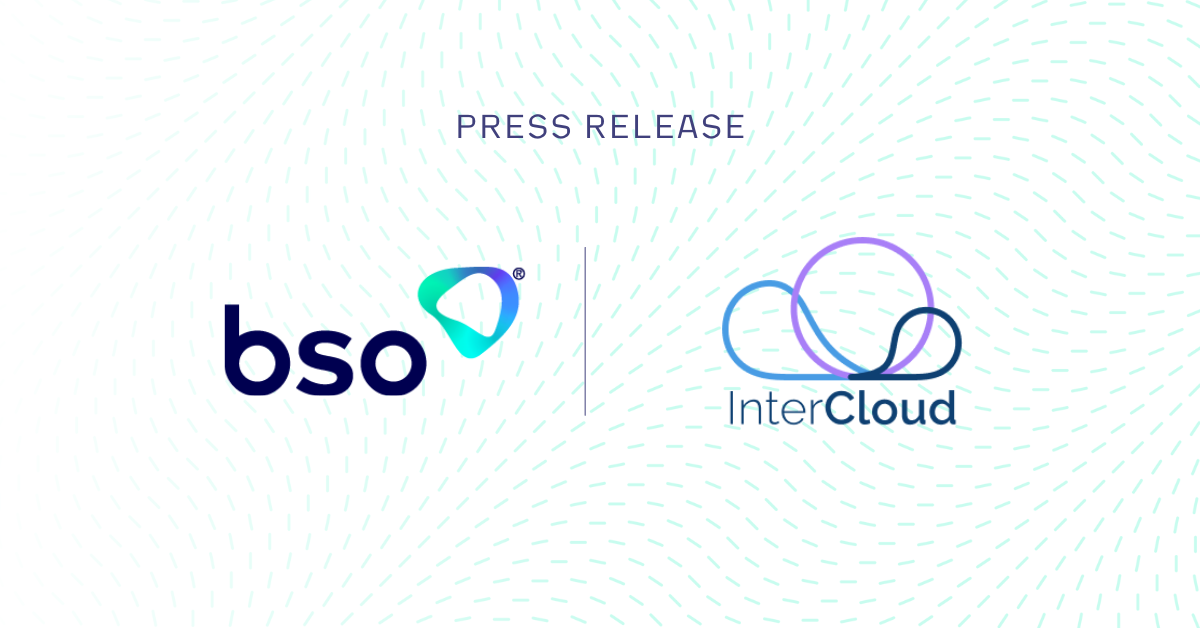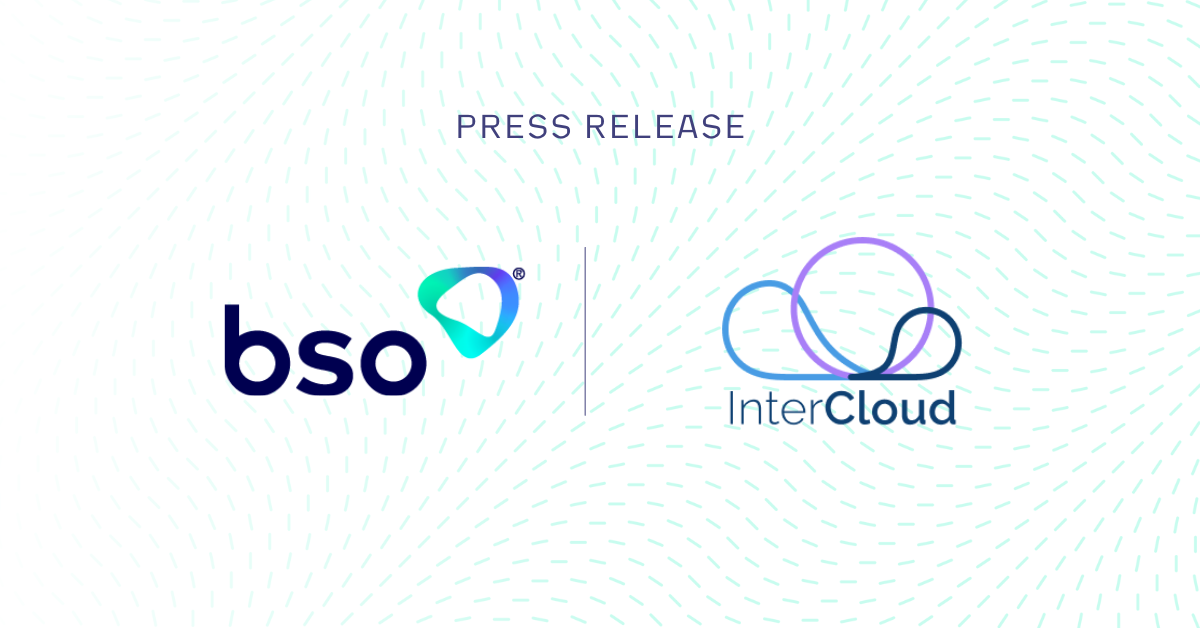The Evolution of Low Latency Technology and Its Impact on Industries

In today's rapidly evolving technological landscape, the demand for low-latency solutions is on the rise. In this blog, we delve into the insights shared by Tony Jones, the Head of Low Latency Strategy, and Louis Goyard, a top Pre-Sales Consultant at BSO, as they discuss the ever-changing world of low latency technology. Throughout these discussions, we explore the significance of low latency, its challenges, and its future implications for various industries.
The Constant Evolution of Low Latency Technology
With nearly 40 years of experience in the Telco industry, Tony Jones emphasises the constant evolution of low latency technology. He notes that the last five years have seen remarkable changes, primarily driven by hardware improvements such as routers, switches, and advancements in fiber optics. Additionally, developments in RF technology and low Earth orbit satellites have played pivotal roles in reducing latency.
Tony Jones believes that the industry, not just financial institutions but also sectors like oil and gas, government, and enterprises, is driving these changes. However, one significant shift he highlights is the growing importance of end-users in the low latency equation. While historically, institutions and businesses required low latency, now individual users and their access to technology are fueling the demand for higher bandwidth and lower latency.
The Role of Technology in Defining Low Latency
In the video segment, Tony Jones explains that ultralow latency is typically measured in nanoseconds and is defined by both technology and end-user requirements. While technologies like hollow fiber, low latency switches, and routers contribute to low latency, the specific needs of end-users determine whether ultra-low or low latency is necessary.
The financial industry has historically been a key driver of ultra-low latency due to high-frequency trading. However, other sectors like gaming and streaming also demand low latency solutions, albeit with different sensitivities to latency. Finding the right balance between latency levels is essential.
Challenges in Low Latency
In their roles, both Tony and Louis face various challenges. Tony mentions the need to manage the delta between supply and client requirements, ensuring diverse and robust solutions and achieving a return on investment. He also underscores the challenge of maintaining transparency while dealing with proprietary solutions.
Louis adds that customers often grapple with determining the right level of latency for their needs, balancing costs with reliability. The ever-changing nature of technology and the latency landscape presents its own set of challenges.
The Future of Low Latency Technology
Looking ahead, both experts foresee significant changes in the low-latency landscape. Tony believes technology will continue to drive change, with improvements in fiber optics, RF technology, and low orbit satellites. Moreover, the widening user base, including individual consumers, will require higher bandwidth and lower latency, especially as data consumption increases in areas like the health industry, where real-time monitoring is crucial.
Louis anticipates that the health industry, among others, will drive the need for ultra-low latency as data connections become more vital for monitoring and analysis.
In conclusion, the world of low latency technology is dynamic and ever-evolving. As industries continue to adapt and innovate, the demand for low latency solutions will remain high. Whether it's financial institutions, gaming companies, or the health sector, low latency technology is set to play an increasingly significant role in shaping the future of connectivity.
BSO, as a specialist networking firm, understands financial markets and we design our routes with these issues in mind. So if you are seeking to export your trading model into emerging markets such as Asia or Brazil we are the network of choice.
To learn more about how BSO can support you in your business objectifs watch our latest interview. Click here.
ABOUT BSO
The company was founded in 2004 and serves the world’s largest financial institutions. BSO is a global pioneering infrastructure and connectivity provider, helping over 600 data-intensive businesses across diverse markets, including financial services, technology, energy, e-commerce, media and others. BSO owns and provides mission-critical infrastructure, including network connectivity, cloud solutions, managed services and hosting, that are specific and dedicated to each customer served.
The company’s network comprises 240+ PoPs across 33 markets, 50+ cloud on-ramps, is integrated with all major public cloud providers and connects to 75+ on-net internet exchanges and 30+ stock exchanges. The team of experts works closely with customers in order to create solutions that meet the detailed and specific needs of their business, providing the latency, resilience and security they need regardless of location.
BSO is headquartered in Ireland, and has 11 offices across the globe, including London, New York, Paris, Dubai, Hong Kong and Singapore. Access our website and find out more information: www.bso.co
SALES ENQUIRY
Get in touch now. Find out how we can transform your business_
You might be interested in_
THE BSO DIFFERENCE
The industries we work across_





/Revolutionising-Connectivity%20BSOs-Tailored-Cloud-Solution-for-CryptoStruct-GmbH.png?width=1050&height=550&name=Revolutionising-Connectivity%20BSOs-Tailored-Cloud-Solution-for-CryptoStruct-GmbH.png)
/6%20Cloud%20Best%20Practices%20for%20Financial%20Technology%20Companies.jpg?width=1200&height=600&name=6%20Cloud%20Best%20Practices%20for%20Financial%20Technology%20Companies.jpg)









